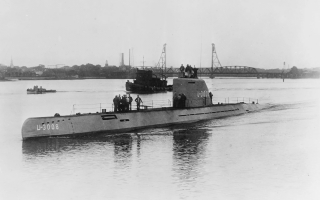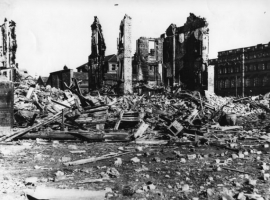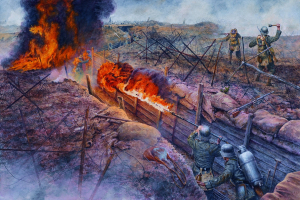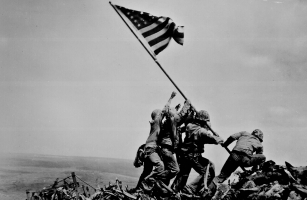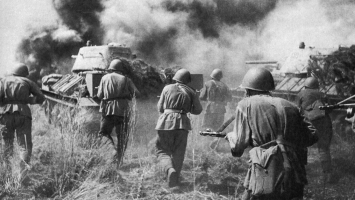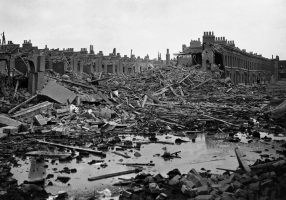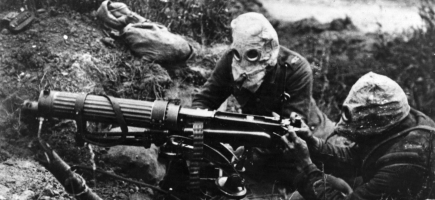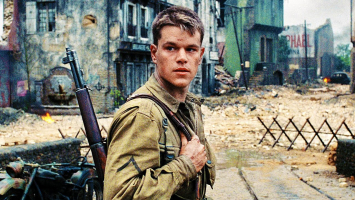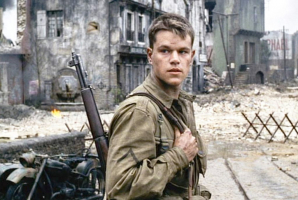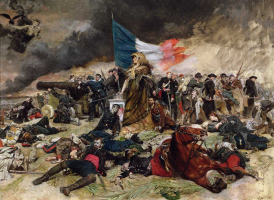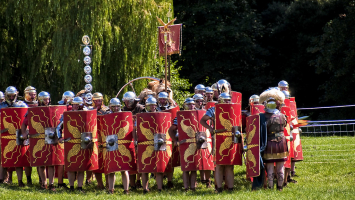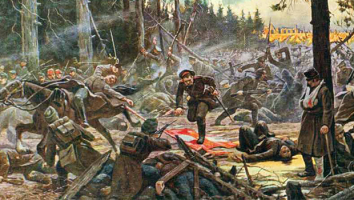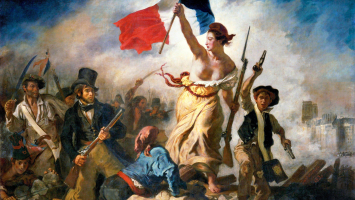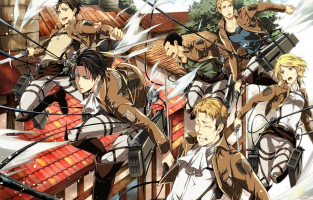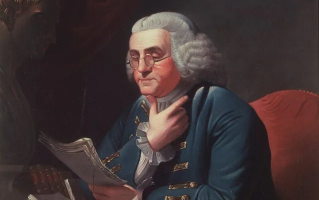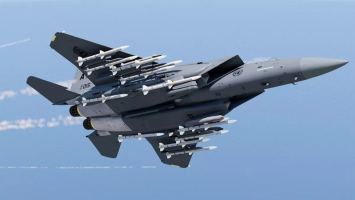Top 12 Most Important Military Leaders of World War II
The Second World War used resources on a scale that was significantly greater than any other conflict in history and raged across vast territories. One of the ... read more...deadliest periods in human history saw the deployment of more than 100 million soldiers from more than 50 nations. The 12 most important military leaders of World War II, along with their contributions and important events are listed in this article.
-
The most admirable war hero from Finland, Carl Gustaf Mannerheim, was regarded more as a soldier than a ruler. He astounded the world with his heroic courage. Mannerheim, who was raised in a privileged Helsinki household, was disciplined from an early age. Shortly before Finland gained independence in 1917, he served in the Russian Army. During the Finnish Civil War, Russian soldiers were driven out of Finland, which helped him become a regent for Finland in 1918.
During 1939–1940, the entire world watched his remarkable achievement. It was an amazing feat to hold out against a massive Soviet army for 105 days without giving up. To reclaim its territory, Finland joined forces with the Nazis to attack the Soviet Union. But because Germany was weaker, they failed. Following Mannerheim's election as president in 1944, a peace accord was eventually reached between Finland and the Soviet Union. In 1946, Mannerheim resigned as a result of a decline in his health.
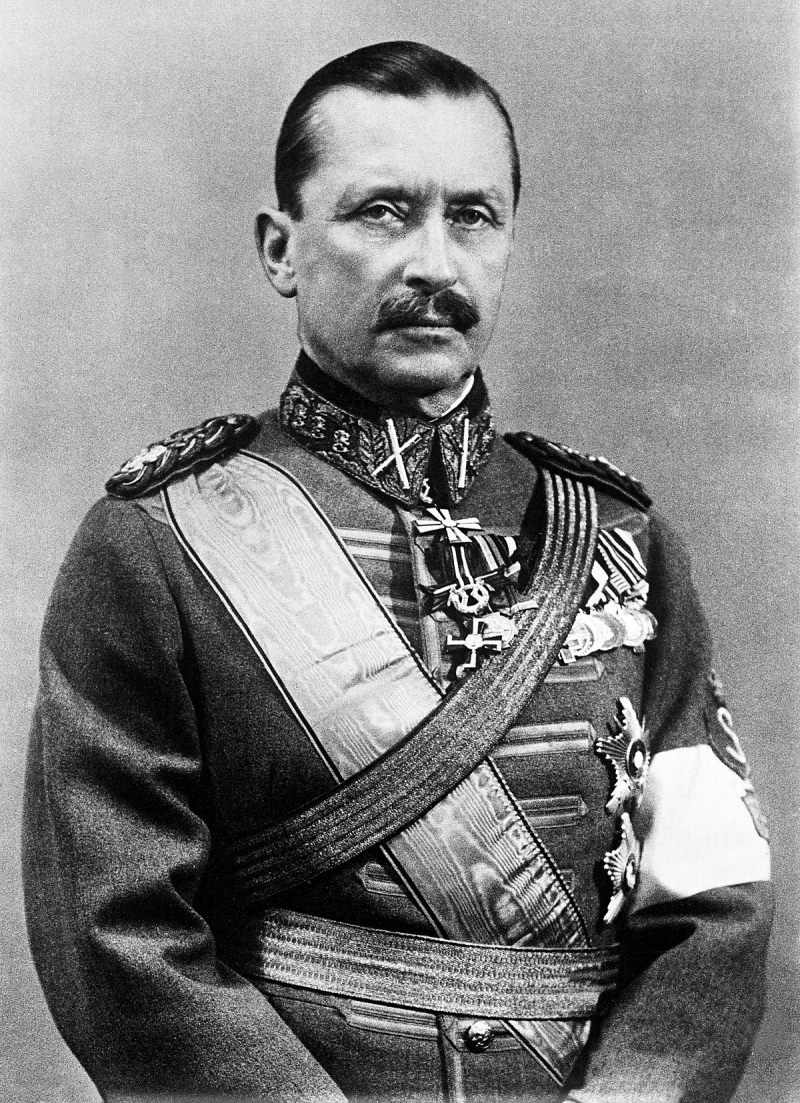
vi.wikipedia.org 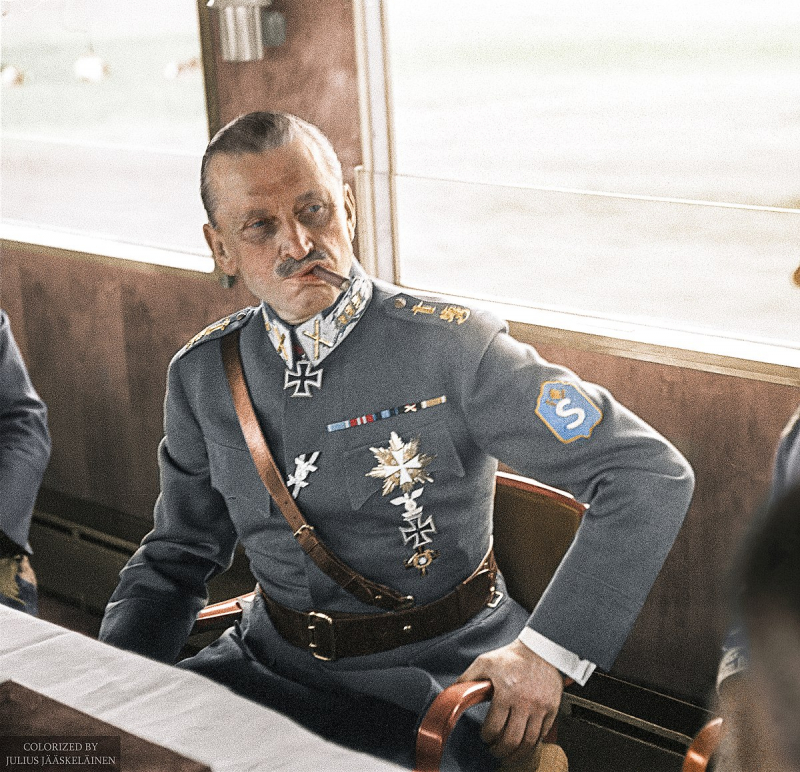
commons.wikimedia.org -
The British Field Marshal William Slim oversaw Supreme Allied operations in Southeast Asia. He was regarded as one of the most important military leaders of World War II. He participated in World War I with the Royal Warwickshire Regiment and received the Military Cross for valor. He oversaw the 2nd Battalion and the 7th Gurkha Rifles in 1938. During the Iran invasion, Slim commanded the 10th Indian Division.
In 1942, when the Japanese toppled the 14th Army in Burma Corps, he made a great contribution to the country. Slim practiced jungle warfare drills, built defense boxes, and, more significantly, kept his teammate's trust. Ultimately, in the 1944 Battle of Imphal and Kohima, he was successful in driving the Japanese out of Rangoon. The troop's fortitude and Slim's unique supervision served as the Allied power's winning formula. He later served from 1953 to 1960 as governor-general of Australia.
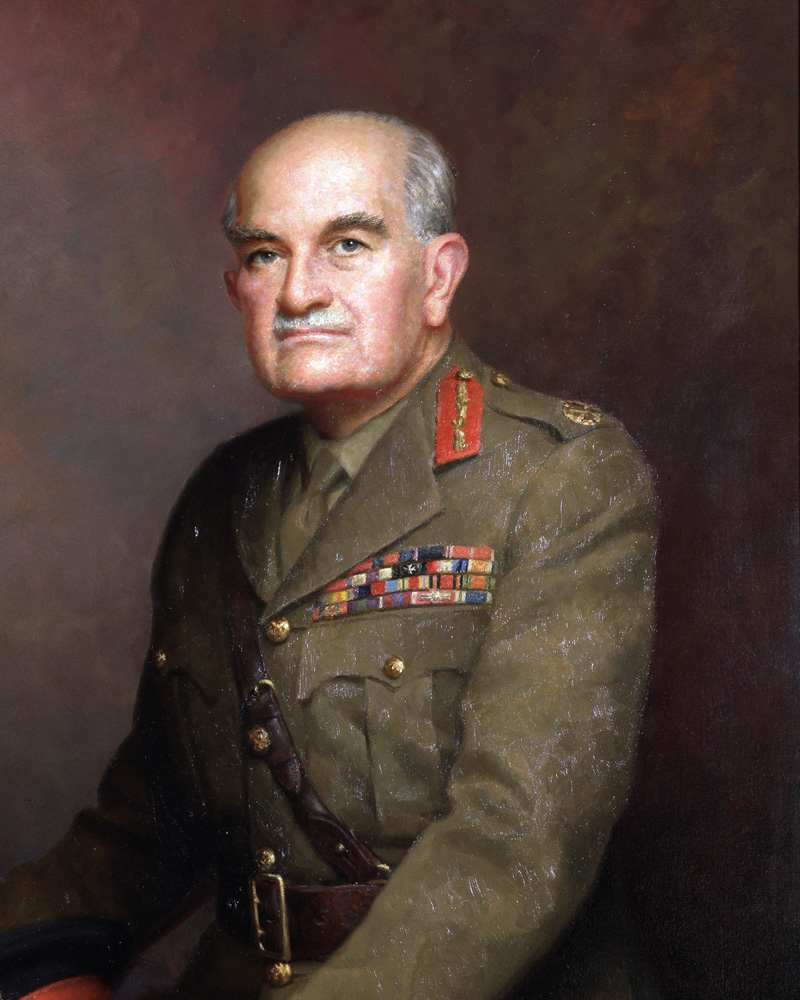
www.nam.ac.uk 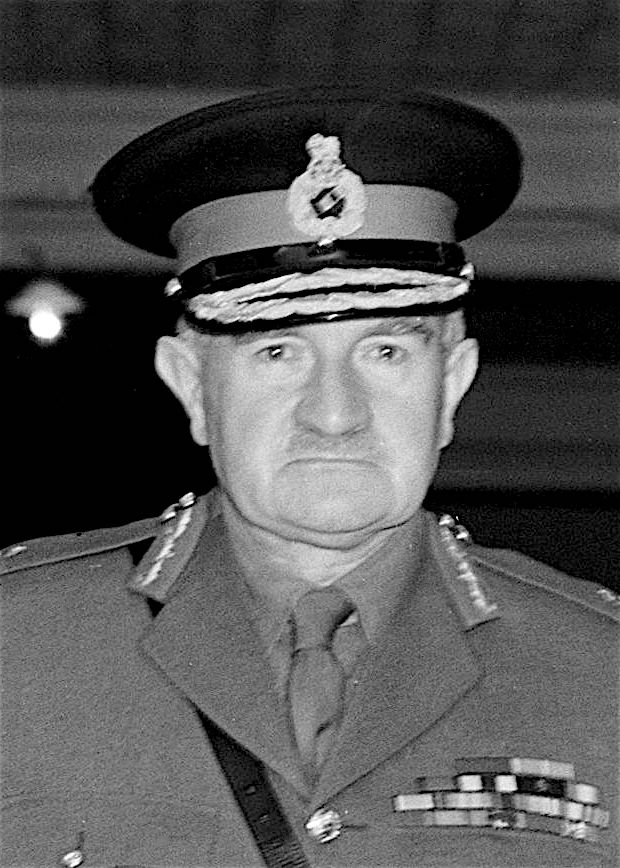
vi.wikipedia.org -
General Curtis Lemay of the US Air Force is credited with the immortal phrase, "Bomb them to the Stone Age." His implementation and design of bombing missions in the Pacific Theater of World War 2 were significant. LeMay joined the American air force in 1928, and in 1942 he received a promotion to bombardment commander. He organized airstrikes on Germany and North Africa and created bombing directions, combat boxes, etc.
He was prepared for aviation operations against Japan following the attack on Pearl Harbor. However, because the Himlayan trials had to be overcome, bombing Japan was not an easy task. Mariana Island was thus taken by American bases. The sophisticated bombs "Little Boy" and "fat man" decimated more than sixty-three Japanese towns in 1945. When the country's largest cities burned to the ground, Japan was torn to pieces. Before retiring in 1965, LeMay continued to serve and rose to the position of US chief of staff.
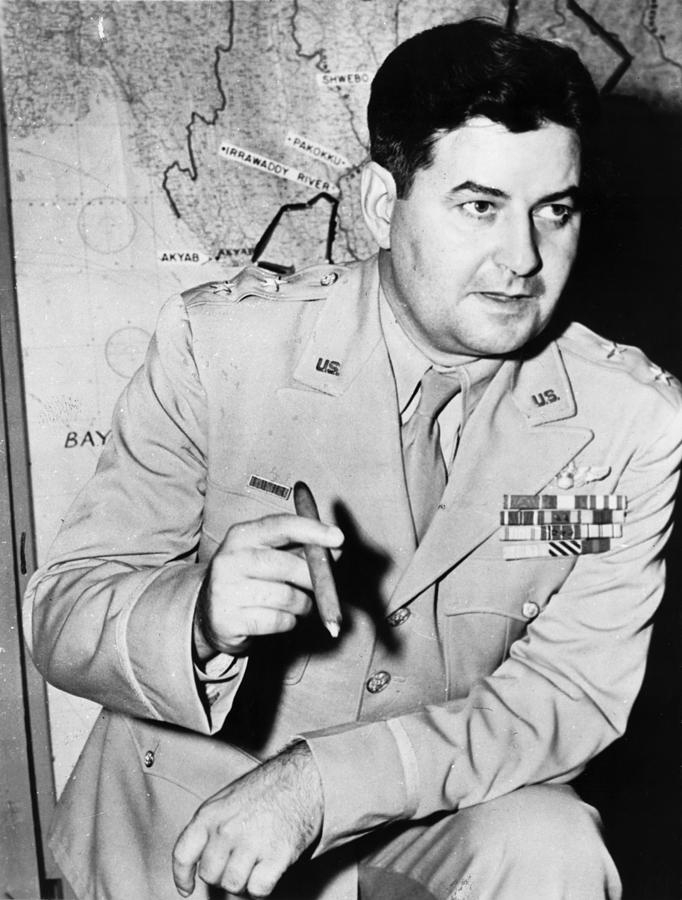
fineartamerica.com 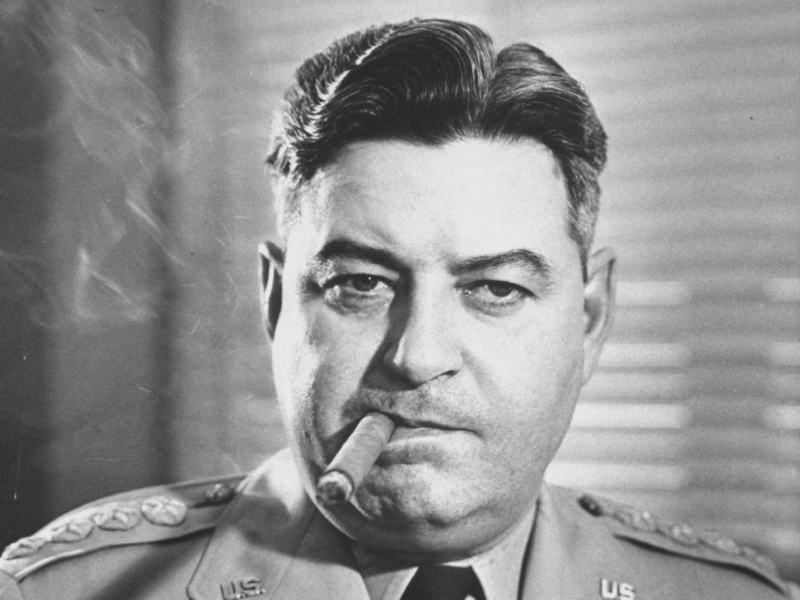
www.newyorker.com -
Yamamoto, the top naval officer in Japan during World War II, launched an attack on Pearl Harbor, a U.S. naval facility, on December 7, 1941. Isoroku Yamamoto, a graduate of the Japanese Naval Academy, took part in the Russian-Japanese Battles of Tsushima. He finished his aviation school in 1926 and was dispatched to the United States to work as an admiral's aide. Yamamoto oversaw the technological division of the Japanese Naval Corps, which produced fighter planes and several naval advancements.
While preparing Japan for future battles, he oversaw the First fleet in 1938 and the Combined fleet in 1939. He campaigned for war against the United States as a senior admiral in the Japanese fleet after invading countries in Southeast Asia. Emperor Hirohito approved his views, thus Yamamoto initiated preparations for assaults.
Yamamoto commanded the Imperial Japanese Navy in a surprise attack on Pearl Harbor in 1941 to devastate American forces before talks with Japan. Although he achieved tactical success, he was oblivious of the repercussions. Americans were outraged by the attack, so they attacked Hiroshima and Nagasaki with the atom bomb, the deadliest nuclear weapon ever. He passed away in April 1943 when his aircraft was shot down. He was a well-known naval officer from Japan who made sure that long-range naval assaults were successful.
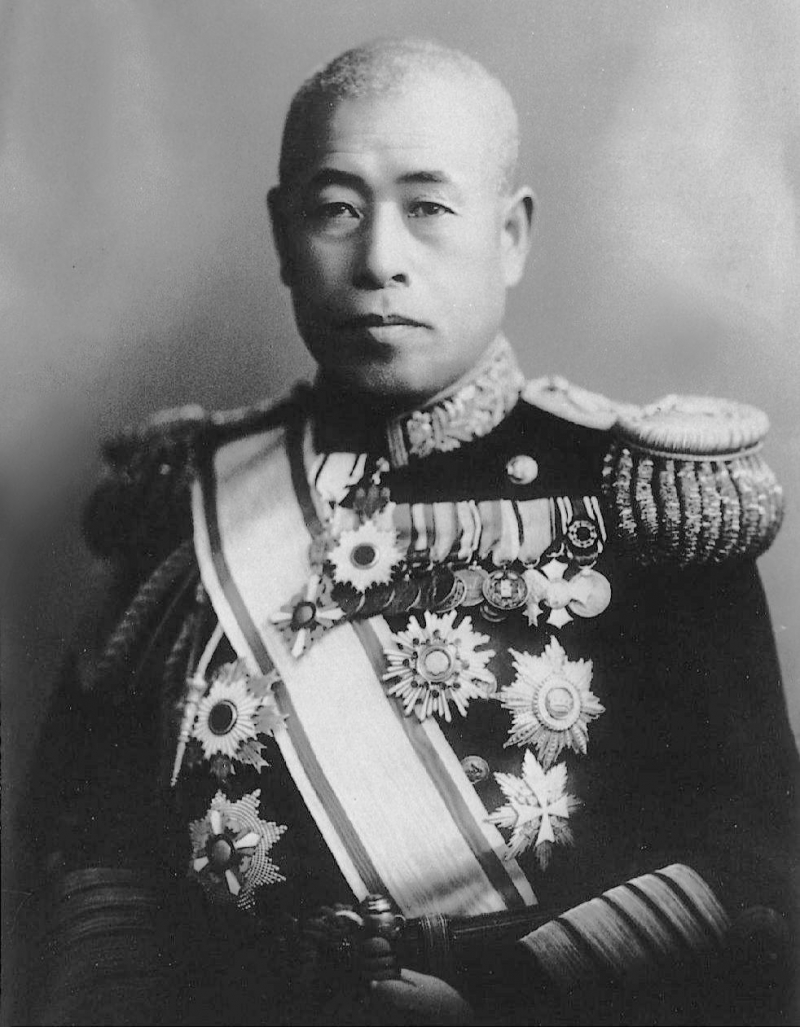
vi.wikipedia.org 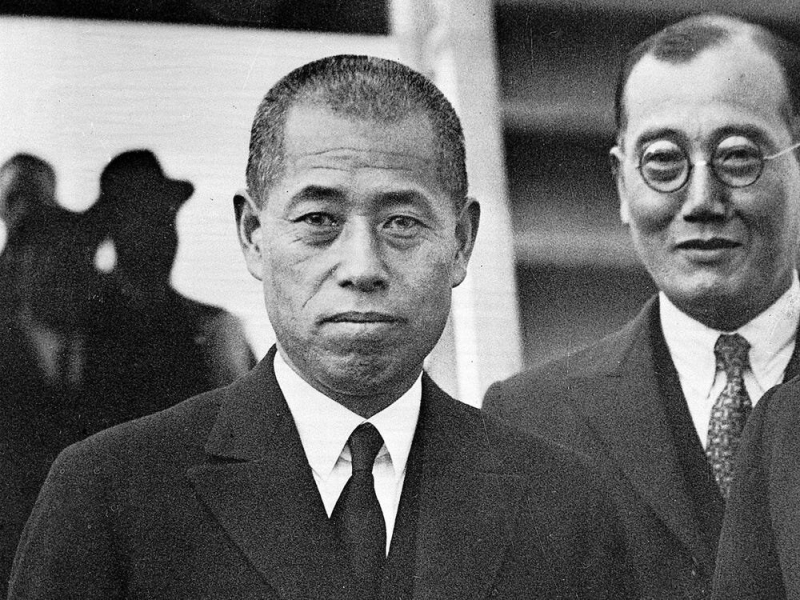
vi.wikipedia.org -
One of the most renowned Italian military leaders, Italo Gariboldi, rose to glory by conquering Ethiopia. He proved to be one of the few strong Italian soldiers who existed. Italian Lombardy is where Italo was born in 1879. Throughout the Interwar and World War Second, he served in the Royal Italian Army. He was given a higher rank after the war and was able to lead several regimental and brigade-level formations.
Italo oversaw the 5th Army and Italy's 30th Infantry Division in the area of the Tunisian border in 1935. To increase Italian prestige, he invaded Ethiopia while serving as the general of the 10th Army. Italo became one of the most important military leaders of World War II. But between 1942 and 1943, while serving in Russia with the Italian Army, he was defeated during the Battle of Stalingrad. He was detained by Nazi Germany in 1943.
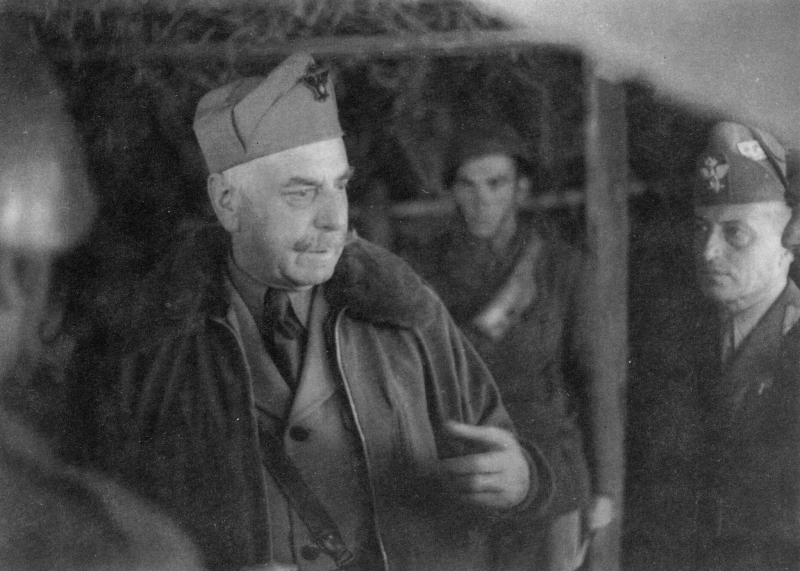
www.mancrushes.com 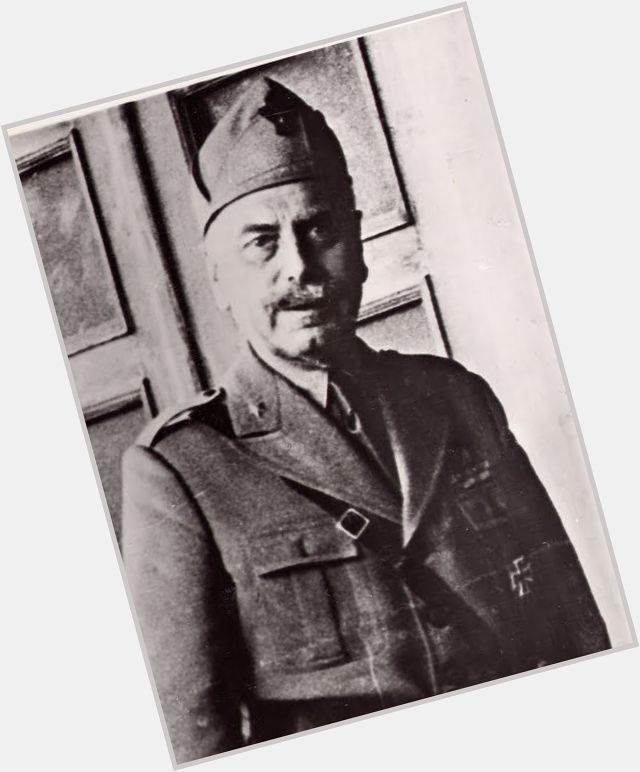
www.mancrushes.com -
Fritz Erich Georg Eduard von Manstein was a Prussian nobleman who was born in 1887. He enlisted in the military at a young age and served in the First World War on both the Western and Eastern Fronts. His skill as a commander was evident during the Second World War's invasion of France. Manstein devised a strategy to get past the French fortifications along the Maginot Line. By assaulting France through the Low Countries and directing their major armored drive through the Ardennes Forest, the Germans achieved an astounding victory during Operation Sickle Cut.
General von Manstein was sent to the east for the Soviet Union invasion following the victory on the Western Front. During the Siege of Sevastopol, he oversaw the German forces and was successful in breaching the naval base's defenses, which were among the most formidable fortifications in the world. Von Manstein oversaw the Axis forces holding off the Soviet counteroffensive on the Kerch Peninsula shortly after Sevastopol fell. With a comprehensive defeat of the Soviet forces, von Manstein amassed yet another commanding victory.
Von Manstein found himself up against insurmountable odds as Germany's fortunes altered. Although many would contend that this goal was difficult from the beginning, he was unable to free the Germans trapped in the Stalingrad pocket. While German lines were disintegrating all around him, Von Manstein subsequently found success. At the Third Battle of Kharkiv, he won back a large portion of German land, routed three Soviet armies, and compelled the withdrawal of three more, but it was too little, too late.
Manstein may have had the power to alter German fortunes in the east, but his dismissal from office in March 1944 was a result of his disputes with Hitler's handling of the war. It was possibly one of the biggest errors Hitler made since it occurred at such a pivotal period for Nazi Germany. Von Manstein was a highly skilled commander who had the Nazi leadership paid him any attention, could have been able to alter the course of the war.
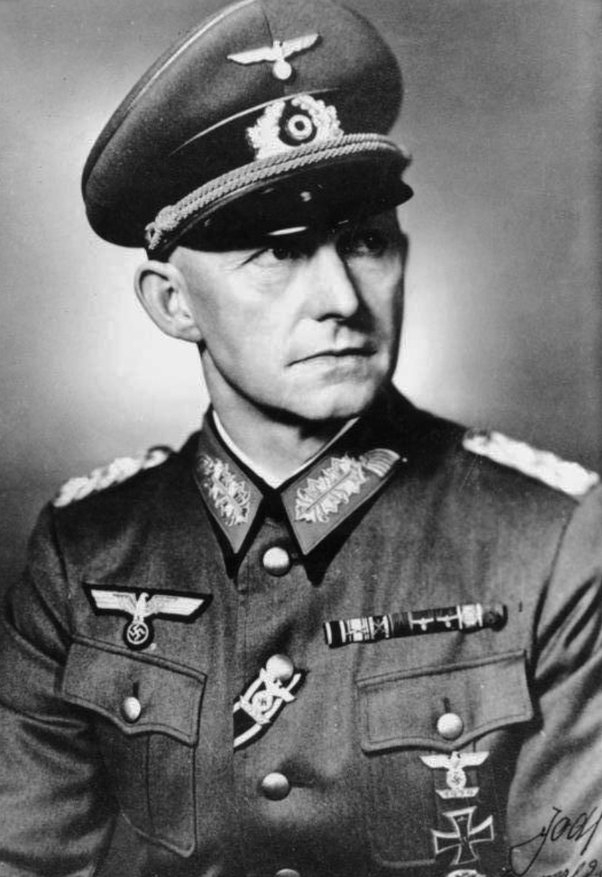
www.quora.com 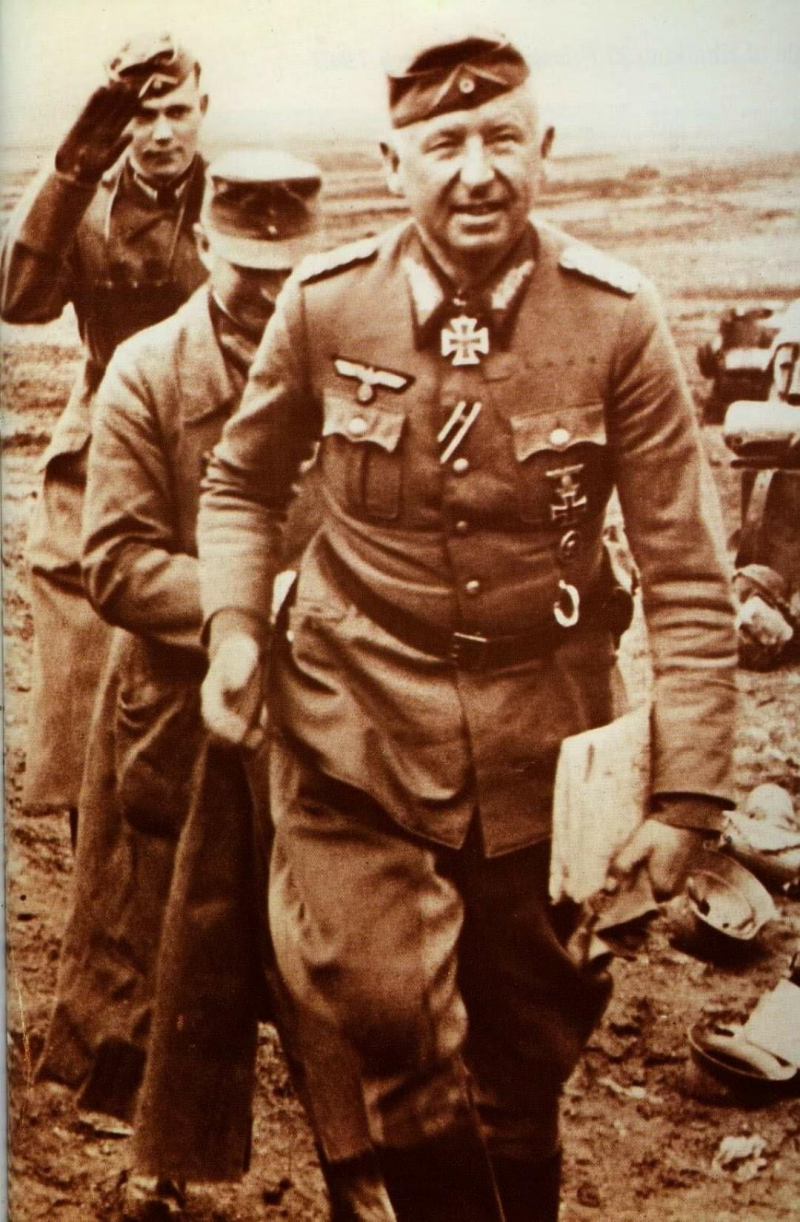
www.reddit.com -
Bernard Law Montgomery, a British general who was born in 1887, first fought in the First World War and the Irish War of Independence before becoming one of the most important military leaders of World War II.
As "Monty" or "The Spartan General," he was a cautious commander who was largely motivated by concern for the welfare of his troops. He stood in stark contrast to American general George Patton in this regard. Montgomery learned to fight slowly and methodically during the First World War after witnessing the loss of countless troops to shoddy preparation and hasty actions. His attitude was obstinate, and his manner was unwavering. Montgomery couldn't be convinced to attack if he didn't want to by anyone, not even Churchill.
The only occasion Montgomery deviated from his distinctive manner was due to his rivalry with Patton, who enjoyed Eisenhower's support. Generals who were unrelenting in their progress and attacks impressed the Allied commanders more and more as the war drew to a close. Montgomery decided to abandon his customary defensive stance and attempt to take more risks. Operation Market Garden, which was launched in September 1944 as a preventative strike on German forces in the Netherlands, was a total failure.
However, Montgomery had already established his reputation as the commander of the 8th Army who outsmarted Erwin Rommel and put a stop to German ambitions in North Africa. Montgomery was loved and respected by those who served under his leadership despite being known as a grumpy individual who didn't put up with idiots. Although some historians question Montgomery's leadership abilities, it is undeniable that the field marshal was an accomplished general in situations that called for deliberate, gradual movements.
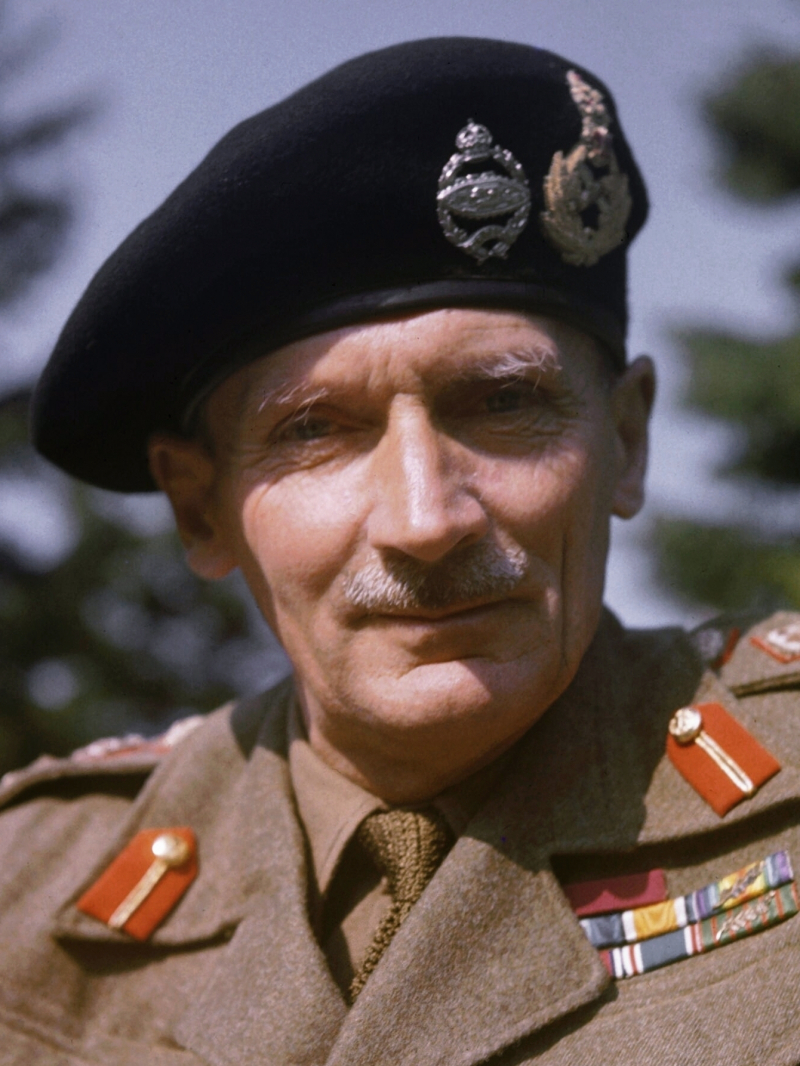
en.wikipedia.org 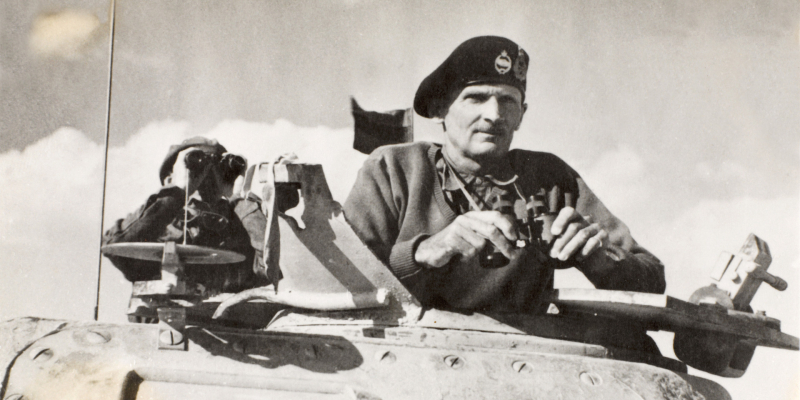
www.nam.ac.uk -
The military commander in Russia named Georgy Zhukov was one of the most important military leaders of World War II. He enlisted in the military at the age of 19, served in World War I, and fought for the Bolsheviks in the Russian Civil War. He was born in 1896 to a farmer and a shoemaker. Zhukov battled the Japanese in the Mongolian-Manchurian frontier from 1937 until 1939. He won amazing battles and was named a Soviet Union Hero. Zhukov was made Red Army chief of general staff and elevated to general in 1941, just before Germany attacked the Soviet Union.
After successfully defending Moscow, Zhukov planned a counterattack that drove the Germans between 60 and 150 kilometers away from the capital. Later, he contributed to the creation of the Operation Uranus plans, which involved Stalingrad's encirclement of the German 6th Army. The strategy completely worked and helped reverse the tide of the conflict. The siege on Leningrad was eventually lifted when Zhukov assisted in the victory of the Kursk War.
After defeating the Germans at Seelow Heights and surrounding and destroying them in Berlin to put an end to the war, Georgy Zhukov led the Soviet push westward. After becoming a member of the Presidium, he retired in 1957. He was able to predict the advantages and disadvantages of battlegrounds, drew maps based on topography studies, and used them to determine the optimum combat positions. Unquestionably, Zhukov was a gifted commander who used his creativity and logistical expertise to save the Soviet Union and destroy Nazi Germany.
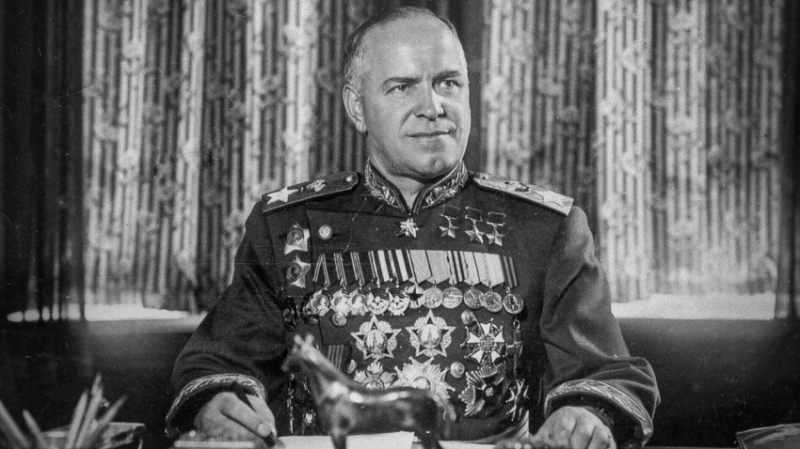
www.rbth.com 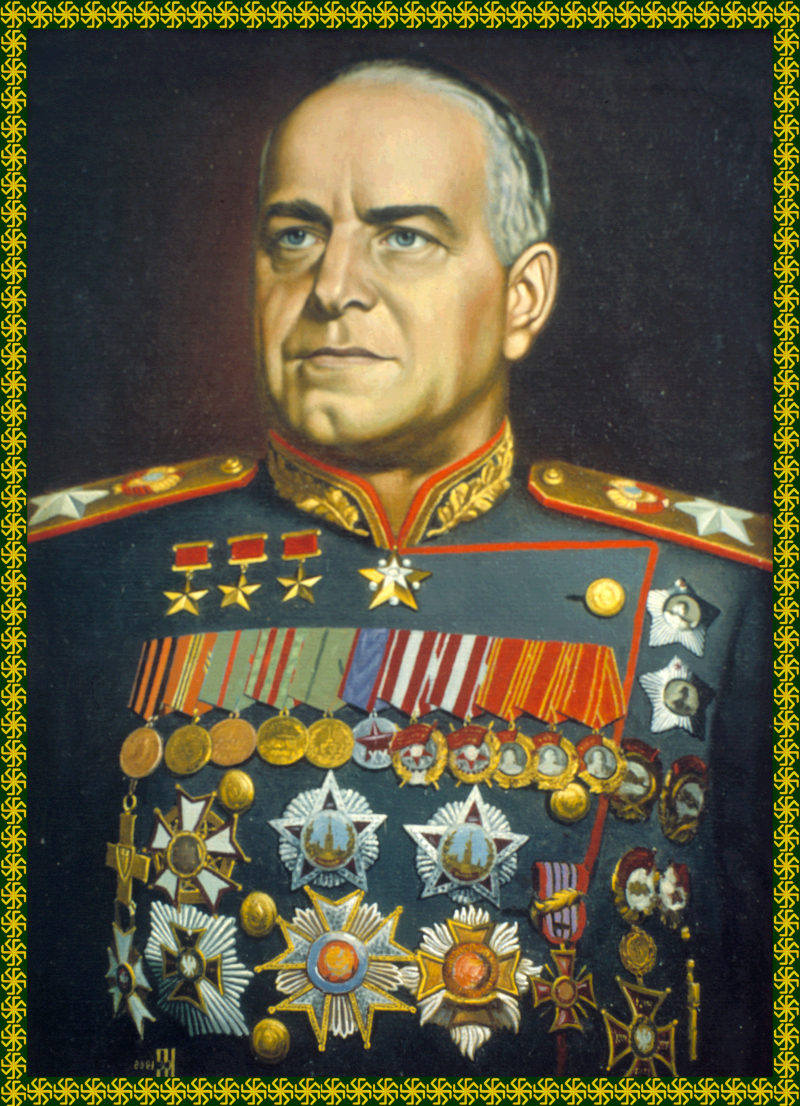
ehistory.osu.edu -
German commander Erwin Rommel was famed for his warmongering prowess during World War 2. Because of his unexpected strikes, he even earned the moniker "the Desert Fox." Rommel was born in Germany on November 15, 1891, and his family supported his decision to enlist. He joined the German military in 1910 and served as a lieutenant during World War 1. He had the opportunity to demonstrate his bravery and persistence during the Second World War. In 1940, he served as the Afrika Korps' commander-general for North America. Erwin Rommel was the most renowned German general in the eyes of the Allies. Because of how well-liked he was, Field Marshal Montgomery had to admonish his soldiers to stop praising Rommel.
During the war against France, this brilliant commander became well-known. He led from the front at the Battle of Sedan, giving him a superior understanding of the battlefield conditions. He had a natural aptitude to spot chances, and he would seize them using his inherent military talents. He seldom erred when he took chances.
Rommel served as the commander of the Afrika Korps, an organization created to relieve pressure on the Italians in North Africa. Rommel sprung into action on the battlefield with bold and quick maneuvers that his soldiers even managed to capture the Supreme British Commander General O'Connor. The North African desert provided Rommel with the ideal terrain for his strategies because of his experience as a tank commander.
Rommel repeatedly outwitted the Allied forces and inflicted exorbitantly high fatalities in the battle for North Africa, but finally, the tide turned against the Germans. The Afrika Korps, who were outnumbered and outgunned by the Allied troops, were left to fend for themselves as supplies ran over and Hitler concentrated all of his attention on the Soviet Union. After being discovered to have been a part of the conspiracy to assassinate Hitler, Rommel poisoned himself.
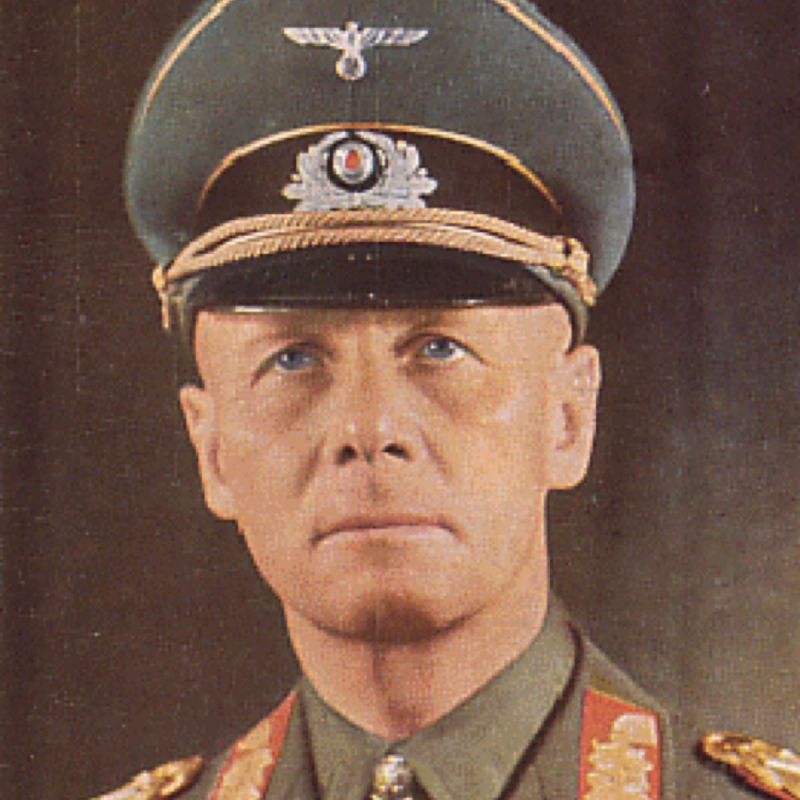
www.history.com 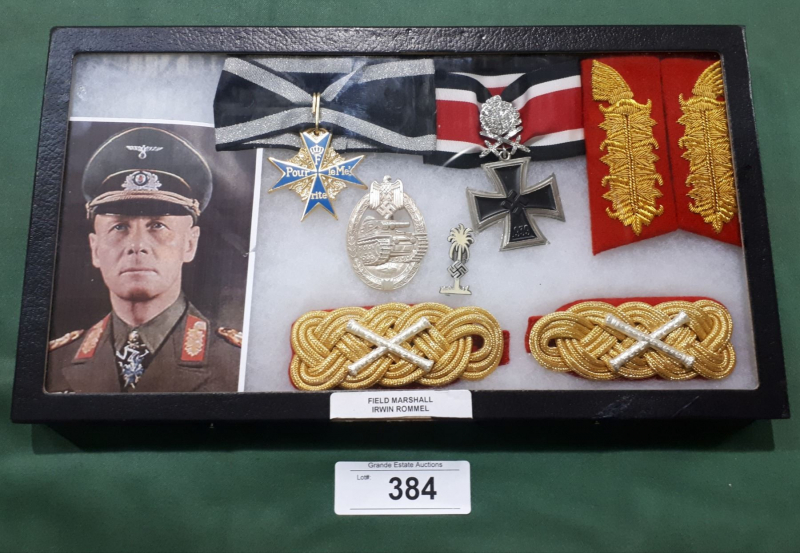
www.icollector.com -
Macarthur was the son of Mary Hardy and Civil War hero Arthur MacArthur Jr., who served as the commanding general of the American Army in the 1930s. He graduated as valedictorian from the West Texas Military Academy and was a crucial General in the fight against Japan. He worked as a second lieutenant in the U.S. Army Corps of Engineers after graduating. His notable performance in the Southwest Pacific Theater of World War 2 is what made him most well-known. His innovative tactical tactics saw the emphasis of military operations placed on the speed and mobility of amphibious and air forces operating across great distances. He was a dynamic commander.
As the service was established in the Philippines, he was able to visit several other Asian nations, including Japan, China, Indonesia, and others before departing for the United States and returning shortly after. MacArthur fought in the First World War, where he received several decorations and quickly advanced from major to colonel to brigadier general. During his time serving on the Western Front, he was twice nominated for the Medal of Honor, once given the Distinguished Service Cross, and seven times given the Silver Star.
Despite experiencing losses in the early phases of his involvement in World War II and being overpowered by the Japanese, MacArthur and his soldiers managed to escape and made a promise to return to liberate the Philippines after a victorious "island-hopping" campaign. He planned to assault lesser islands after skirting the key Japanese strongholds to get closer to the Japanese home islands. Finally, Japanese forces submitted to the American army under MacArthur in September 1945.
This gifted commander proved he was more than simply a general after the conflict. Macarthur handled the occupation of Japan, helped demolish its military, and helped the country's economy recover. On On April 10, 1951, a man who was superior to the Japanese Army in power, strength, and intellect announced his retirement. In his memoir "Reminiscences," he chronicled all of his experiences. He unquestionably possessed the physical and moral traits required for military service.
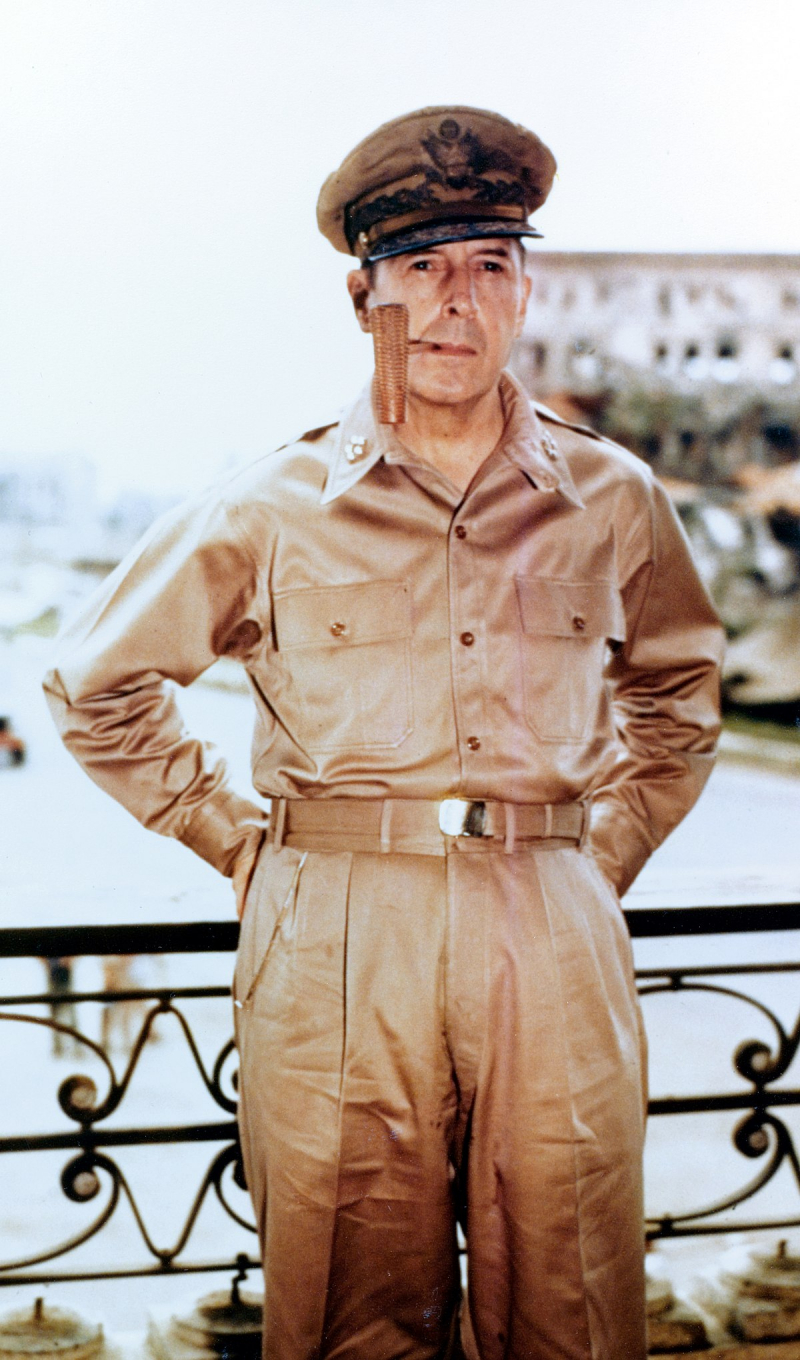
vi.wikipedia.org 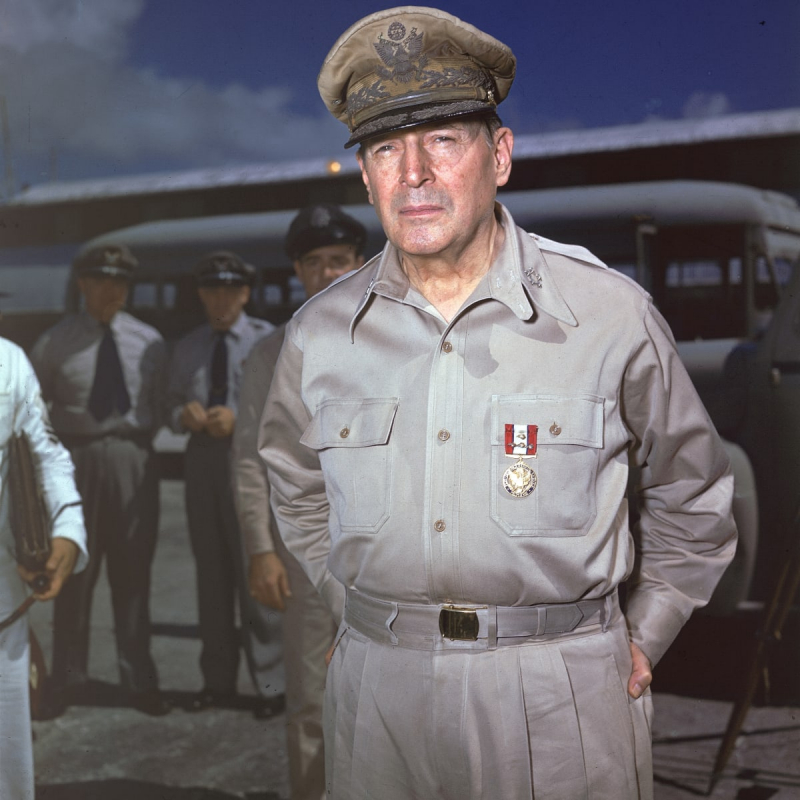
www.history.com -
Heinz Wilhelm Guderian's abilities lie in his innovative strategy for combat. He invented the "Blitzkrieg" strategy, which involved employing many weapons in a coordinated attack to overwhelm the opposition with firepower. Additionally, he proposed the use of tanks in large numbers instead of being scattered among infantry units as backup previously.
During the fight for France, he achieved one of his greatest successes. The westernmost part of the Maginot Line's Ardennes woodland was only moderately protected since it was thought to be impregnable. By pushing seven divisions with 1,112 tanks through the Ardennes, through the French fortifications, and leading the German forces that soundly beat the French at the Battle of Sedan, Guderian disproved the French and displayed his skill as a commander.
Guderian's success persisted throughout the Soviet Union invasion, and his 2nd Panzer Army finished enclosing the Minsk pocket, which resulted in the capture of 300,000 Soviet soldiers. After that, the 2nd Panzer Army joined the assault on Kyiv and contributed to the largest encirclement in history, which resulted in the capture of 600,000 Soviet soldiers.
Guderian was moved to more political responsibilities when the wars against the Soviets went south, carrying out Hitler's commands and providing tank design advice at the same time. He proposed that Germany create a replica of the Soviet T-34. Heinz Guderian displayed extraordinary bravery on March 28, 1945, when he was the only general with the guts to argue with Hitler. Guderian lost his position of authority since the two had to be separated. On May 10, 1945, General Guderian and his staff gave up. He gave the allies his entire cooperation, and despite being imprisoned until 1948, he was released without being put on trial. At the age of 65, he passed away in 1954.
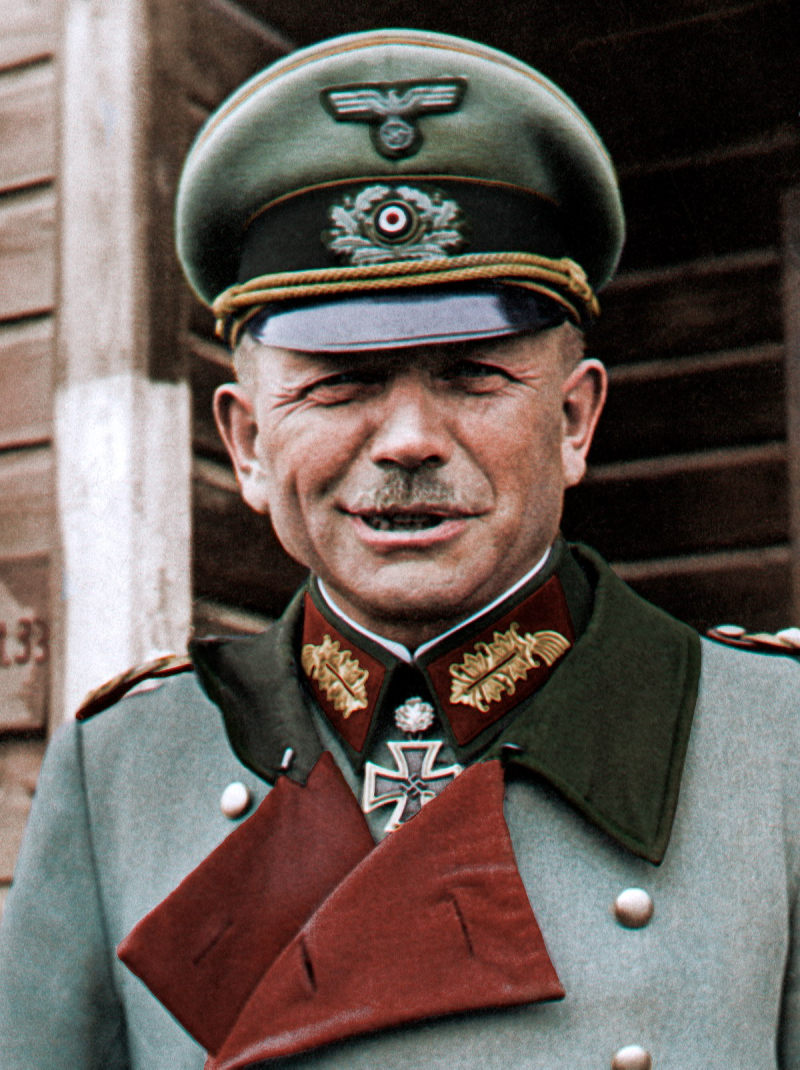
commons.wikimedia.org 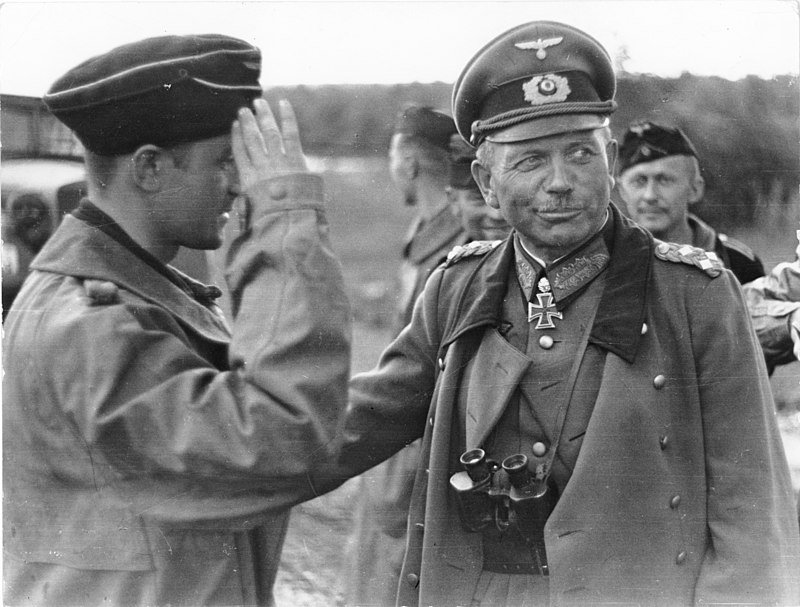
commons.wikimedia.org -
George Patton was without a doubt one of the most contentious personalities of the Second World War. He spanked two of his subordinates who were suffering from PTSD during the Sicilian battle and told them to report back to the front lines. When Patton returned home, he received scathing criticism, and he was removed from his duties for 11 months until Eisenhower concluded that Patton's motivation and attitude would be useful in the European battle. He was well-liked by his soldiers notwithstanding his scandal. He was revered by those under his charge and was regarded as a soldier's soldier. He was able to make quick progress because of his aggressive strategies. In addition, he was a gifted general with creative problem-solving skills. Due to the Americans' links to the Sicilian mafia and their agreements with those attempting to obstruct Patton's approach to stand aside, the Allies were able to invade Sicily rather quickly.
Through the Normandy Breakout operation, General Patton fought his way toward the French border with Germany. His conflict with Field Marshal Bernard Montgomery reached a boiling point during the Lorraine campaign when both generals' forces ran short of gasoline. Both petitioned Eisenhower, who divided the reserves but gave Montgomery priority after receiving his Operation Market Garden plans.
The Allied advance encountered significant difficulties as a result of the German counteroffensive known as the Battle of the Bulge. Patton was charged with liberating Bastogne as he was stationed near the Saar River. Even though it was a very challenging operation given Patton's troop disposition, he was able to wheel 133,000 vehicles and six divisions north over the winter to quickly accomplish their goal. One of the most amazing logistical accomplishments for the cause of the Allies was unquestionably this.
After Germany's counteroffensive was unsuccessful, the Allies renewed their assault and penetrated Germany. Patton won praise and the well-deserved moniker "Old Blood and Guts" for his quick and brisk advance despite tenacious resistance. One of the most important military leaders of World War II, Patton stood out for his aggressiveness and skill.
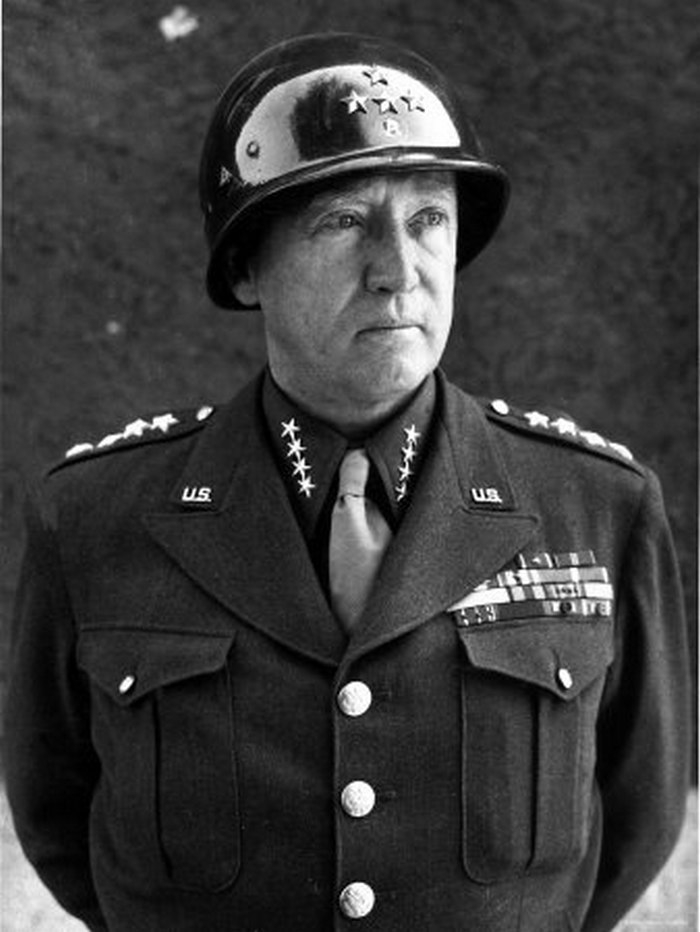
en.wikipedia.org 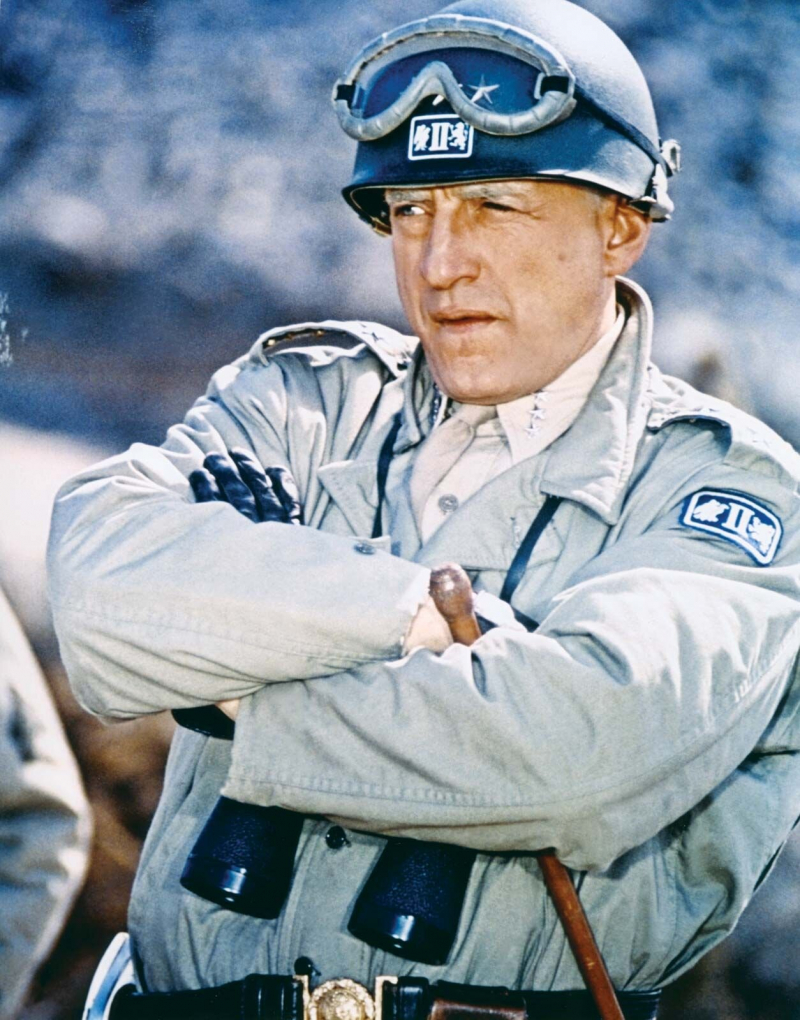
www.britannica.com














